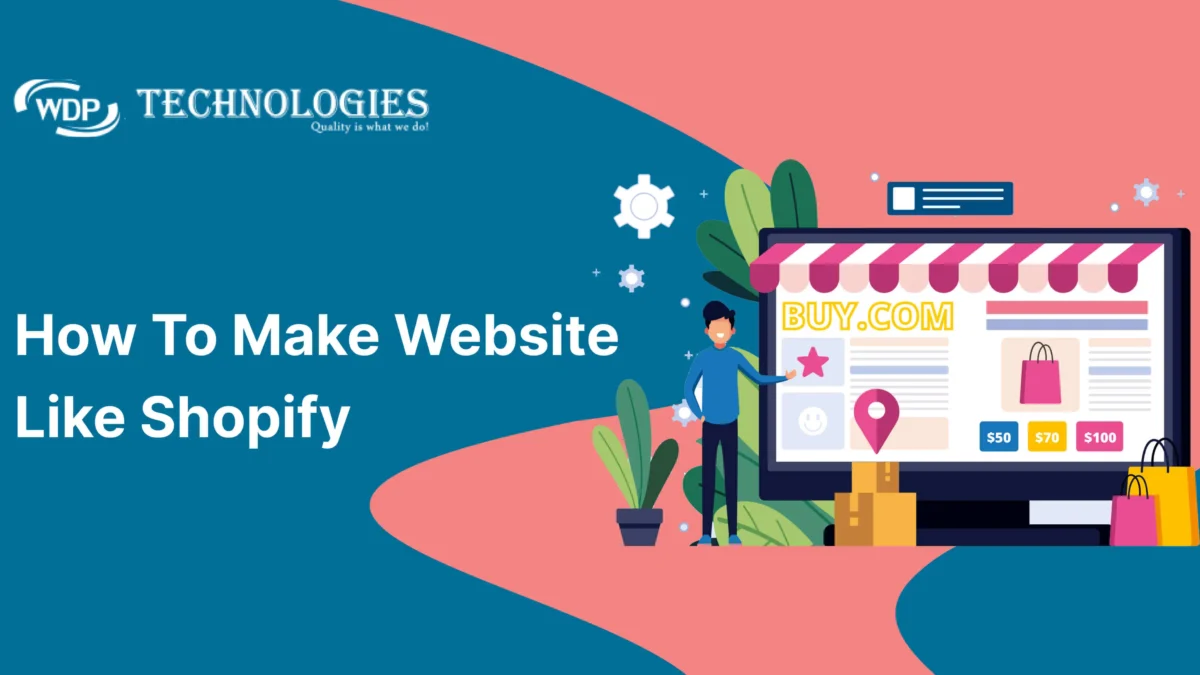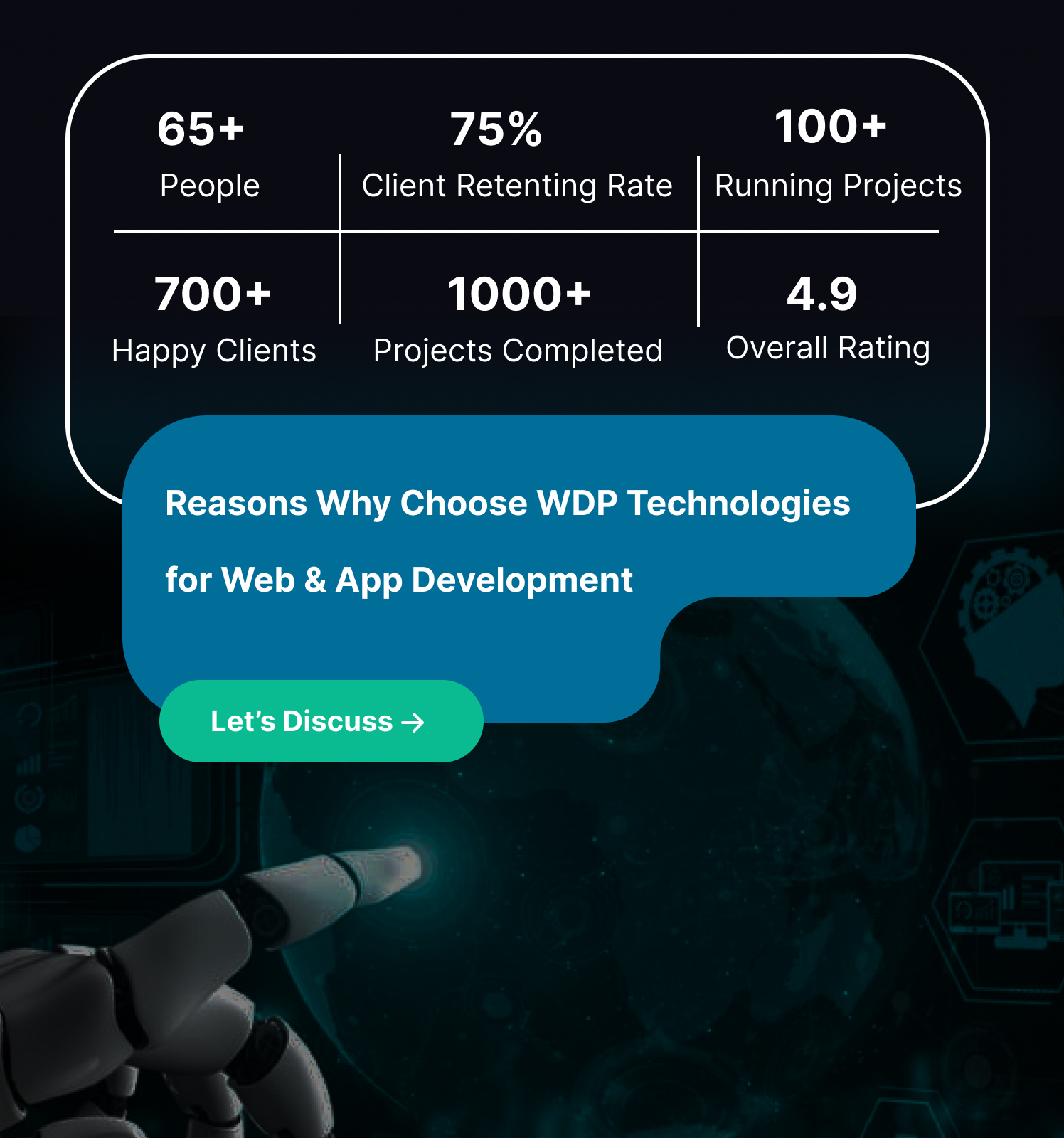How To Make Website Like ShopifyThe e-commerce landscape is booming, with more and more businesses shifting their operations online. Website like Shopify have become instrumental in this growth, empowering individuals to create and manage their online stores with ease.
This blog post will serve as a roadmap for aspiring developers and entrepreneurs who want to make website like Shopify. We’ll delve into the core functionalities, development approaches, and essential considerations involved in creating a robust and user-friendly online selling experience.
Increasing Demand for eCommerce Platforms
In recent years, there has been a huge demand for e-commerce platforms, with this website like shopify market fly. The ubiquity of the internet and mobile technology has made online shopping a seamless experience, offering consumers unparalleled convenience and accessibility. This shift in consumer behavior, particularly among younger demographics, has propelled the exponential growth of e-commerce platforms.
Businesses, large and small, are increasingly recognizing the global reach and market potential offered by these platforms, leading to a diversification of offerings and a democratization of online commerce. From established retail giants to budding entrepreneurs, e-commerce building platforms like Shopify have become essential tools for businesses looking to thrive in an increasingly digital world.
Total User Who Engaged with Shopify
🔹Shopify Merchants: If you consider store owners or businesses that use Shopify to run their online stores, then the number is estimated to be around 1.4 million merchants and 100,000 businesses globally.
🔹Shopify Customers: This refers to the total number of people who have made purchases on Shopify stores. This number is significantly higher, with estimates reaching over 700 million customers in 2024.
Core Functionalities To Adopt While Make Website like Shopify
Shopify, as one of the leading e-commerce building platforms, offers a comprehensive set of core functionalities designed to empower merchants to create, manage, and scale their online stores efficiently. Here are the key features:
1. Store Setup & Customization:
Shopify provides an intuitive interface for setting up an online store quickly. Users can choose from a variety of professionally designed themes and customize them to match their brand identity.
2. Product Management:
Users can easily add, edit, and organize products, including details such as descriptions, images, pricing, variants (e.g., sizes, colors), and inventory management.
3. Order Management:
Shopify offers robust order management tools, allowing merchants to view, process, fulfill, and track orders seamlessly. This includes features such as order editing, fulfillment tracking, and order status updates.
4. Payment Gateway Integration:
Shopify integrates with over 100 payment gateways worldwide, enabling secure online transactions. Users can accept credit/debit cards, digital wallets, and alternative payment methods with ease.
5. Shopping Cart:
Shopify provides a user-friendly shopping cart system that allows customers to add, edit, and remove items before checkout. The cart is optimized for both desktop and mobile devices, ensuring a seamless shopping experience.
6. Checkout Process:
The checkout process is streamlined and optimized for conversion, with features such as guest checkout, automatic tax calculation, shipping rate calculation, and support for multiple payment options.
7. Mobile Responsiveness:
All Shopify themes are mobile-responsive by default, ensuring that online stores look and perform well on smartphones and tablets. This is crucial for reaching and engaging customers on mobile devices.
8. SEO Tools:
Shopify includes built-in SEO features to help merchants optimize their store for search engines. This includes customizable title tags, meta descriptions, URL structures, and automatic sitemap generation.
9. Analytics and Reporting:
Shopify offers powerful analytics and reporting tools to track key metrics such as sales, traffic, conversion rates, and customer behavior. Users can access detailed reports and insights to make informed decisions.
10. Marketing & Promotions:
Merchants can run marketing campaigns, create discounts, coupons, and promotions directly within Shopify. Integration with email marketing services and social media platforms further enhances marketing capabilities.
11. App Store:
Shopify has an extensive App Store with thousands of apps and integrations to extend the platform’s functionality. Users can find apps for various purposes, including marketing, sales, customer support, and inventory management.
12. Customer Support:
Shopify provides 24/7 customer support via email, chat, and phone. Additionally, merchants have access to extensive documentation, tutorials, and community forums to help them succeed.
Take Control of Your E-commerce Future: Build Your Own Platform!
How To Make Website Like Shopify
Building a website like Shopify is a complex undertaking, but here’s a roadmap to get you started:
1. Understand the Core Functionalities:
Shopify offers a variety of features for both store owners and their customers. Here’s a breakdown of the essentials:
🔹Store Management: Users should easily create and manage their stores through a drag-and-drop interface for design, product listing, inventory control, and order processing.
🔹E-commerce Features: Secure payment gateways, flexible shipping options, automated tax calculations, and coupon management are crucial.
🔹Marketing Tools: Features like email marketing tools and social media integration empower store owners to reach customers.
🔹User Management: Secure customer accounts, order tracking, and review systems build trust and loyalty.
2. Choose Your Development Approach:
There are several ways to approach development, depending on your technical expertise and project goals:
🔹Open-source platforms (WooCommerce, Bagisto): Cost-effective and customizable, but require development knowledge for modifications and ongoing maintenance.
🔹Headless CMS with E-commerce integrations: Offers flexibility and scalability, but involves complex API integrations with separate systems.
🔹Building from scratch: Provides complete control but requires a large, skilled development team and significant time investment.
3. Development Breakdown:
Here’s a high-level overview of the development process:
🔹Frontend Development: Design a user-friendly interface with drag-and-drop functionality and offer pre-built themes or custom theme creation options.
🔹Backend Development: Build a secure database, functionalities for product management, order processing, payment integration, and implement APIs for future scalability.
🔹Security Considerations: Prioritize secure user authentication, payment processing compliance, and data encryption.
4. Additional Considerations:
🔹Scalability and Performance: The platform should handle increasing traffic and data volumes efficiently.
🔹Payment Gateway Integration: Integrate with popular and secure payment gateways.
🔹Marketing and Customer Acquisition Strategies: Consider how store owners will attract and retain customers.
Building a successful e-commerce platform requires ongoing development, security updates, and adaptation to industry trends. This is a complex endeavor, so carefully evaluate your resources and technical expertise before you embark on this journey.
Top 5 Alternative Website Like Shopify
Here are five websites similar to Shopify, each offering comprehensive e-commerce solutions for creating and managing online stores:
1. BigCommerce:
A leading competitor to Shopify, BigCommerce is a fully hosted e-commerce platform that offers a robust feature set for businesses of all sizes. It has a user-friendly interface with a drag-and-drop store builder, built-in marketing tools, and a wide range of integrations. BigCommerce plans start at $29 per month.
2. WooCommerce:
WooCommerce is a free, open-source plugin that transforms WordPress websites into online stores. It’s a popular choice for businesses that already have a WordPress website or are comfortable with a little more technical setup. WooCommerce is highly customizable and offers a wide range of extensions for adding additional features. However, it requires a separate web hosting plan and doesn’t come with built-in marketing tools.
3. Squarespace:
Squarespace is a well-known website builder that also offers e-commerce functionality. It’s a good option for businesses that want a simple and easy-to-use platform with a beautiful design. Squarespace plans start at $16 per month for websites with e-commerce features.
4. Wix:
Wix is another popular website builder that offers e-commerce capabilities. It has a drag-and-drop interface that makes it easy to create a professional-looking online store. Wix plans start at $17 per month for websites with e-commerce features.
5. Volusion:
Volusion is an all-in-one e-commerce platform that caters to small and medium-sized businesses. It offers a comprehensive suite of features, including website building tools, marketing automation, and inventory management. Volusion plans start at $31 per month.
Cost To Make Website Like Shopify in 2024
The cost to make website like Shopify alternative can range dramatically depending on the features and functionality you want to include.
🔹Basic alternative: Utilizing open-source platforms and focusing on core features might cost around $10,000 – $20,000 for development and initial setup.
🔹Advanced alternative: Building a feature-rich platform with a custom design could range from $50,000 upwards, depending on complexity.
Other Costs:
🔹Server costs: You’ll need to host your platform, which can involve ongoing monthly fees depending on traffic and storage needs. Cloud-based solutions like Amazon Web Services (AWS) offer scalable options.
🔹Security: Robust security measures are crucial for e-commerce platforms. This can include costs for Secure Sockets Layer (SSL) certificates and ongoing security monitoring.
🔹Payment processing: Integrating payment gateways will incur fees, either from Shopify’s built-in system or third-party providers.
🔹Design: A user-friendly and visually appealing interface is essential. You can design it in-house or hire a UI/UX designer.
Why Choose WDP Technologies To Make Website Like Shopify
Choose WDP Technologies to create a website like Shopify for their proven expertise in e-commerce solutions, innovative design capabilities, and commitment to delivering tailored, scalable platforms. With a focus on user experience and cutting-edge technology, WDP Technologies ensures your online store is both visually appealing and highly functional, setting the stage for your business’s success.
Conclusion
Building your own ecommerce platform like Shopify is a journey filled with challenges and opportunities. By following this step-by-step guide, you’ll be equipped with the knowledge and tools needed to turn your vision into reality. So, roll up your sleeves, dream big, and embark on the journey to building your website like shopify. The possibilities are endless, and the future is yours to create.












